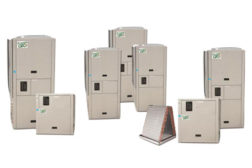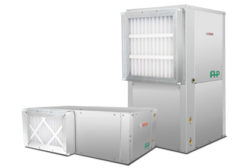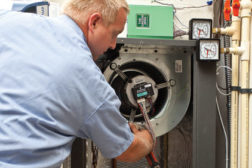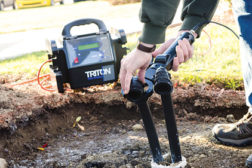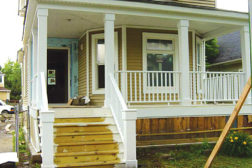Residential Geothermal Heat Pumps
2013 Residential Heating Showcase Features Newest Products
Read More
Sept. 4, 2013: Efficiency of Geothermal Attracts Nonresidential Users
Geothermal Technology Offers Long-Term Cost Savings
September 4, 2013
The NEWS Hosts Geothermal Webinar
Free Event to Take Place at 1 p.m. ET on Aug. 26
August 19, 2013
GEO Meets With Utility Officials
Group Discussed Incentives, Support for Geothermal Heat Pumps
August 19, 2013
Bells, Whistles for Geothermal Heat Pumps
Manufacturers Introduce Features to Improve Comfort, Efficiency, Serviceability
Read More
Innovations Improve Installations
New Products, Techniques Available For Geothermal Installations
Read More
Utilities Encourage Geothermal Investment
Utilities Reduce Installation Costs to Encourage Use of GHPs
Read More
Copyright ©2024. All Rights Reserved BNP Media.
Design, CMS, Hosting & Web Development :: ePublishing


